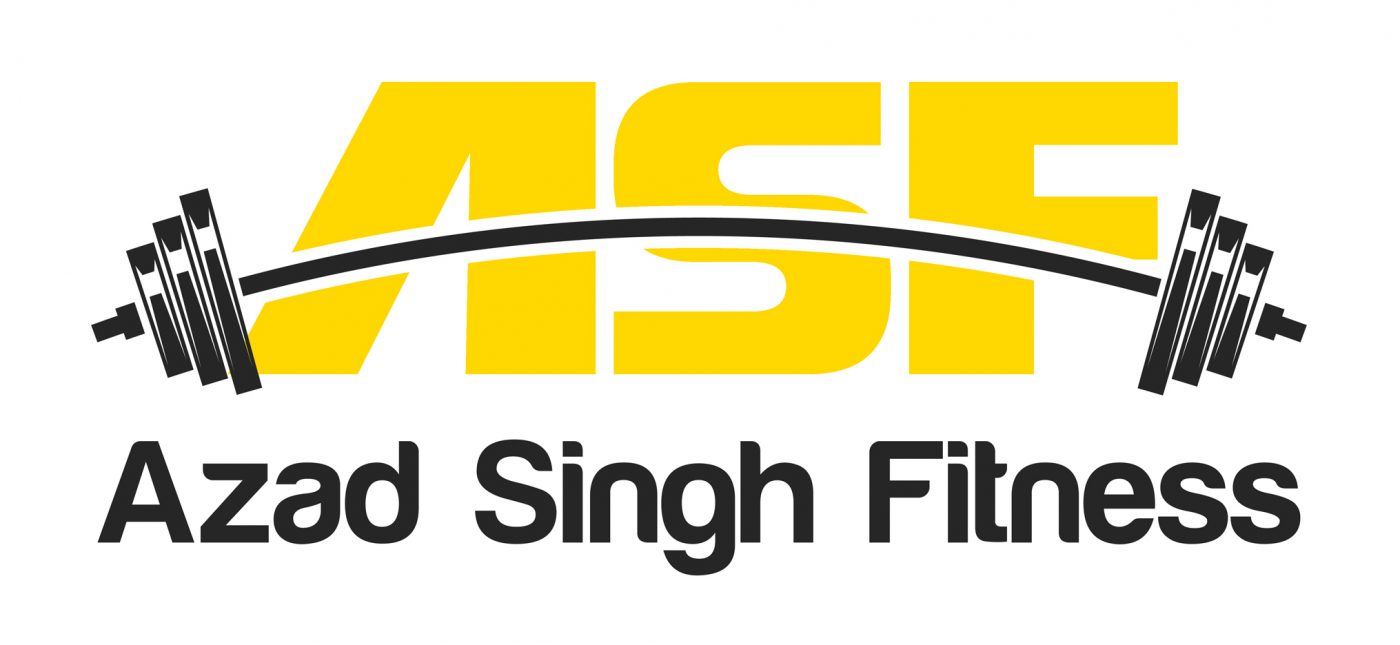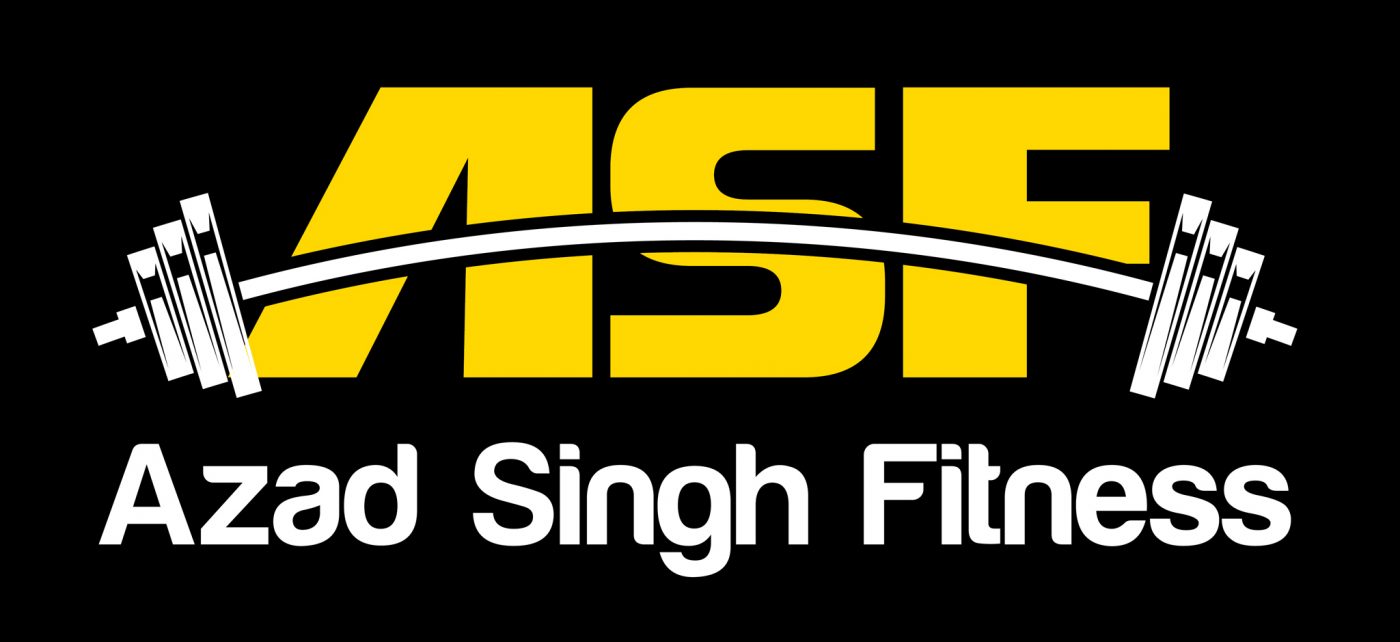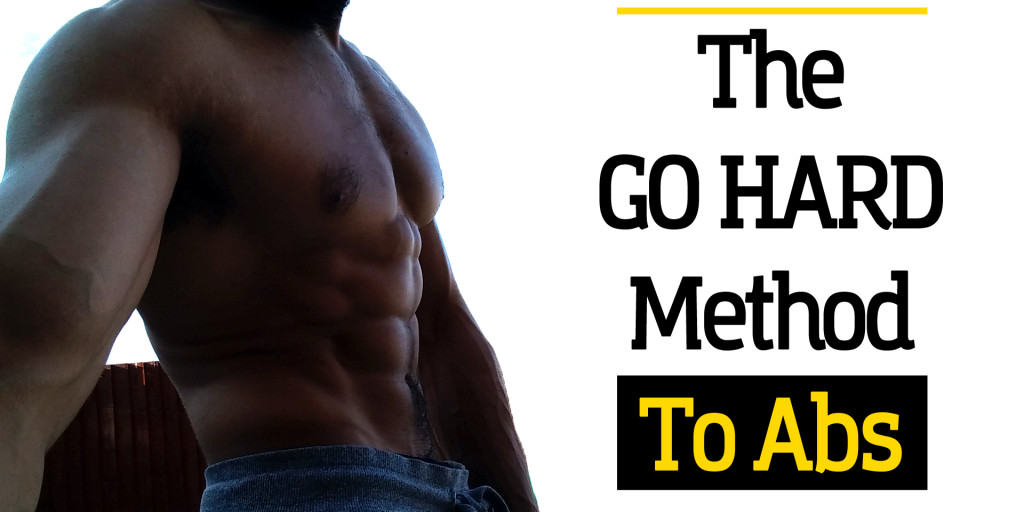Now most of you reading this probably aren’t working your core region nearly enough. No, I’m not talking about a few crunches or poorly done sit-ups at the end of your session. I’m talking deep core muscles which will help your performance and probably keep you from experiencing back pain. These muscles are hit somewhat with larger compound exercises like the push press and squats, however there’s never been anyone with a disadvantage from having a core that was too strong.
The truth is the midsection needs just as much work as other body parts. It’s possibly the most important area of the body which also happens to be the most ignored or not trained efficiently. I’m going to suggest a GO HARD method to better & stronger abs. It’s GO HARD because you’ll do it every time you step in the gym (each and every session).
The protocol is as follows:
You’ll do 2 exercises prior to your session (after warm up) and 1 exercise at the end of it (before cool down).
Directly after your pulse raising activity (pick any cardio machine of choice) you will start with an anti spinal-extension move.
What that means is any move that stops your shoulders getting closer to your hips. Imagine standing up straight and doing the touch your feet stretch, that’s an example of spinal flexion.
Pick from a plank, a hand walk-down or an ab wheel rollout. 1 set to failure.
Directly after that you will perform an anti lateral flexion move.
What that means is any move that stops you from bending sideways. Imagine standing up straight with both arms down by your sides, now reach with your left hand down to the side of your left knee, that is lateral flexion.
Pick from a side plank, a suitcase carry (torso upright) or a Pallof press (anti rotation). Again 1 set to failure.
Now that’s two anti movements out of the way at the beginning, these are great for injury prevention. The final part of the protocol is to end your workout on a movement, ideally targeting hypertrophy.
Pick from standing/kneeling cable crunches, decline Russian twists (with weight), GHD/decline sit-up, hanging knee raises, TRX knee tucks, Swiss ball knee tucks or incline bench leg raises. 3 x 12 works well here.
There is an assumption made by me whilst writing this. That assumption is that the bulk of your workouts will include exercises that stimulate the midsection plenty too. Moves like front squats, back squats, deadlifts, farmers walks, overhead presses of any kind, rows etc. Your abdomen region has to work extremely hard in all of these moves to stabilise you.
The other tip I have before I sum up is to do moves wherever you can standing instead of being seated. If you’re going to work shoulders with a dumbbell press, do them standing, involve the core and make it a real world movement. To take it up even another notch do them one hand at a time. Those things you feel are called obliques. We spend so much time lying down and sitting down in gyms that it’s no wonder people have weak cores and their strength doesn’t apply in real world situations.
Summary:
Post warm-up move 1 – Anti spinal extension (pick from planks, ab wheel rollouts and hand walk-outs).
Post warm-up move 2 – Anti lateral flexion (pick from side planks, suitcase carry and Pallof press).
End of session move – Hypertrophy based (pick from decline Russian twists, incline leg raises, hanging knee raises, standing cable crunches, TRX/swiss ball knee tucks, GHD/decline situps.
Progressively overload on all the major compound exercises (squats, deadlifts, overhead presses, rows, weighted walks etc).
Choose to stand on exercises wherever you can. Your midsection will thank you in the long run.
I will post a video soon on how to perform this protocol alongside your current training routine and showing you how to do each move effectively too.


